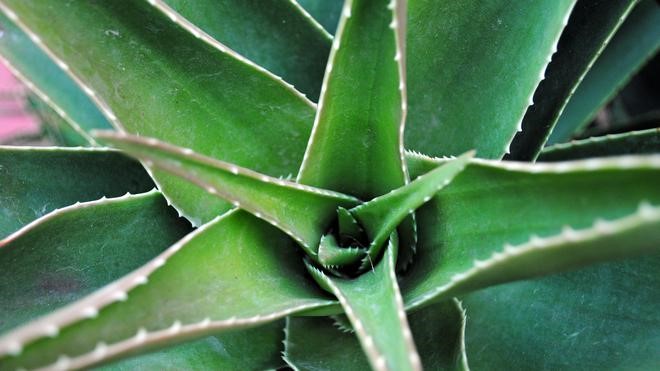
Sisal Plant

10.01.2024
Sisal Plant , Daily Current Affairs , RACE IAS : Best IAS Coaching in Lucknow
|
For Prelims:About Sisal Plant (Climatic condition,Temperature and Rain,Soil), Environmental Significance |
Why in the news?
A research team at Stanford University has recently found the absorption capacity of a sisal-based material to be higher than those in commercial menstrual pads.
About Sisal Plant:
- It is a xerophytic, monocarp, semi-perennial leaf fibre producing plant.
- The leaves are thick, fleshy and often covered with a waxy layer, typical characteristics of xerophytic plants.
- Its leaves grow up to 2 m long. The lifespan of a sisal plant is about 7-10 years, during which it produces 200-250 usable leaves.
- Each leaf has about a thousand fibres that can be used to make ropes, paper, and cloth.
- It could be used to make a highly absorbed material as well.
Climatic condition:
○It is well adapted to arid environments as the species is xerophytic in nature.
○Temperature and Rain: It can withstand a maximum temperature 40-45°C and grows well with evenly distributed rainfall of 60-125 cm.
○Soil: It thrives best on dry, permeable, sandy-loam soils with a good amount of liming materials (Ca and Mg) but can also grow on various other types of soils.
○In India it is grown in light calcareous and gravelly soils with good drainage.
- The sisal plant is a native of Mexico and other parts of Central America.
- It is well adapted mainly in Odisha, Jharkhand, Maharashtra, part of Bihar, western part of West Bengal and many southern states.
- It is mainly propagated by vegetative means such as ‘bulbils’ and ‘suckers’.
Environmental Significance
- Sisal has immense future potential to act as a renewable resource, and as such to be a part of the global solution plan for arresting climate change.
- Sisal plants trap more carbon dioxide that they produce, and the waste generated from the sisal fiber processing industry is completely biodegradable, and can be utilized to produce biogas, animal feed, and natural fertilizers.
- The extensive root systems of the plant also protect soil against erosion, and withholds water within the soil.
- These plants can be grown along the edges of other crops' fields as well to bar the entry of insect and animal pests into the fields.
Source:The Hindu